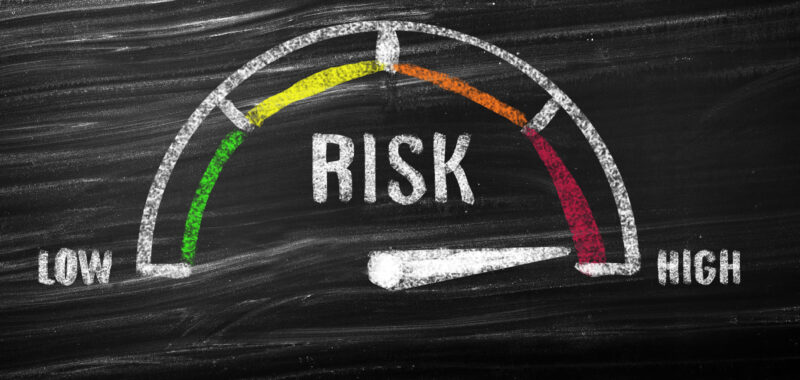Shares of SoFi Technologies (SOFI 1.07%) had a phenomenal two-year run. In the 24-month period from the start of 2023 to the end of 2024, they soared 234%. But things have cooled in recent months, with volatility still present.
As of this writing (April 10), SoFi shares are trading 59% off their peak from February 2021. This is despite the business registering solid growth and profitability. If the dip is enticing you to buy this fintech stock, though, consider one crucial risk first.
Changing loan book
SoFi was founded in 2011 to help students pay for their education. This was reflected in the company’s lending activities. In 2018, 2019, and 2020, SoFi originated $18.1 billion total in student loans. This was a key business driver.
In early 2020, the COVID-19 pandemic hit. To ease the stress on borrowers, the Department of Education temporarily paused payments and eliminated interest. Consequently, there was less of a need for people to refinance their loans to obtain a lower interest rate.
This radically altered SoFi’s lending activities. In the last four years, the company originated just $12.9 billion in student loans. This is significantly lower than the $46.6 billion of personal loans it approved during the same time. Even though the student loan pause ended in September 2023, as of Dec. 31, SoFi had $16.6 billion in unpaid principal on personal loans, double that of student loans.
Personal loans carry more risk
Personal loans can be used for many things, like debt consolidation, home repairs, vacations, weddings, or medical expenses. The average coupon rate SoFi earns from its personal loans is 13.4%, dramatically higher than the 5.9% for student loans. Personal loans are riskier for SoFi’s balance sheet, as the higher interest rate prices in a reduced chance the borrower will pay back in full.
This is a potential cause for concern for SoFi’s management team and shareholders. The U.S. is currently in a very uncertain economic environment. Besides the ongoing tariff announcements, consumer confidence is tanking. And fears about a recession are swirling.
If macro conditions deteriorate, then there’s a chance more borrowers will miss their payments. This could result in higher losses for SoFi.
But management remains optimistic. “Our personal loan borrowers have a weighted average income of $158,000 and a weighted average FICO score of 744,” CFO Chris Lapointe said on the Q4 2024 earnings call. Regardless of these data points, if the economy worsens, it could spell trouble. The fact that there’s strong demand for personal lending in the first place might highlight mounting financial troubles for consumers.
Should you buy SoFi stock?
Investors should always keep risks in mind. Despite increased personal loan originations, this stock might still be on your radar.
SoFi’s growth is one reason that investors should like this business. In 2024, revenue and customer count jumped 26% and 34%, respectively. The company’s digital-only platform continues to find success in the competitive financial services industry.
Profitability is not an issue now. After reporting a net loss per share of $0.36 in 2023, SoFi produced earnings per share (EPS) of $0.39 in 2024. The leadership team expects EPS to soar in the years ahead to $0.68 (at the midpoint) in 2026, and then at an annualized pace of 20% to 25% after that. This outlook can certainly draw excitement from shareholders.
With the stock down, the valuation doesn’t look too rich. Based on the share price of $10.75 (as of April 10), the stock trades at just 16 times forecasted 2026 EPS. This depends on ongoing success, but it demonstrates the potential upside.
Focusing on the near term, investors comfortable with the risk that worsening macro conditions could pose to SoFi are the only ones who should consider buying shares today.
Neil Patel and his clients have no position in any of the stocks mentioned. The Motley Fool has no position in any of the stocks mentioned. The Motley Fool has a disclosure policy.

